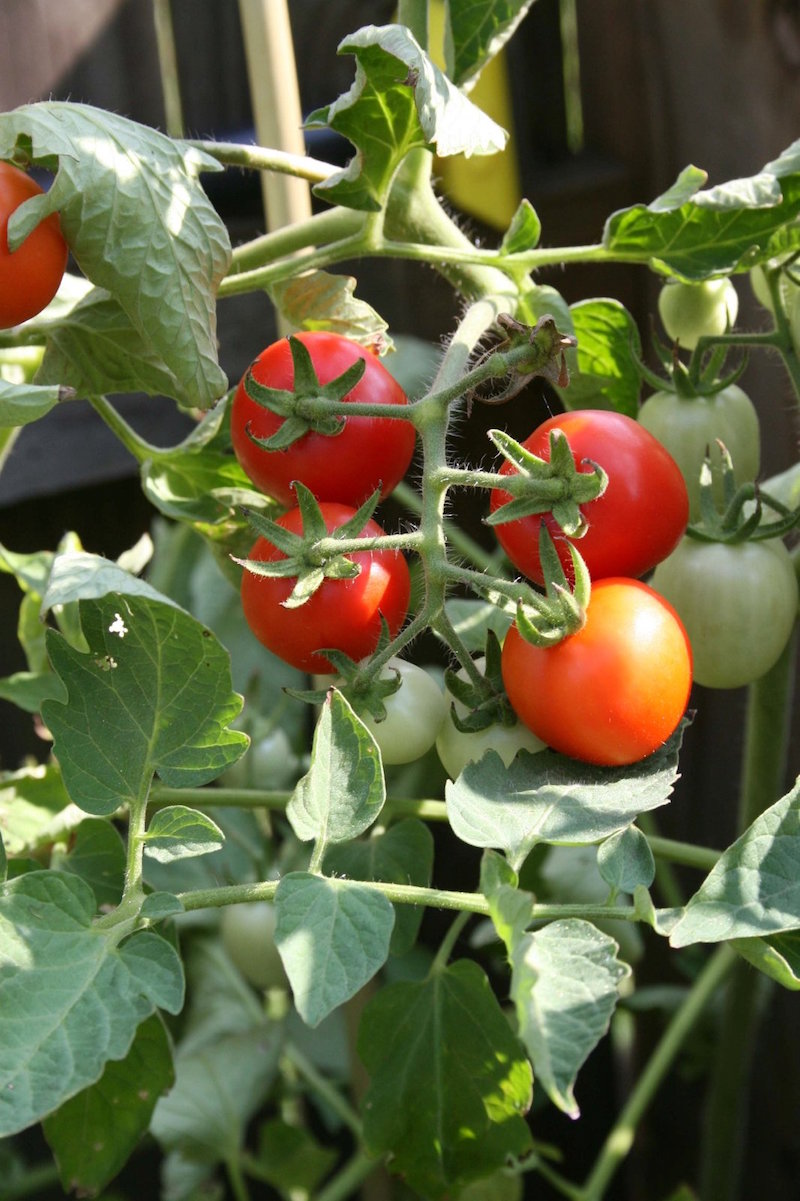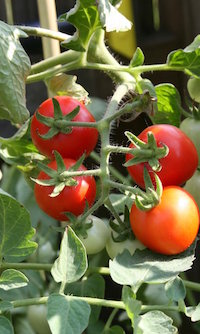Determining how much of each vegetable you should plant in a garden can sometimes be confusing. Much of that decision should be based on the size of your family and what you like to eat. Available garden space can also influence how much you choose to grow.
I’ll admit that I tend to overplant when it comes to vegetable gardening. There is something in my blood that says, if the ground is bare, it should be planted. When it comes to vegetable gardening, you need to put a little more thought into how much you truly need.
The following are a few guidelines to help you plan the perfect garden to keep you supplied with fresh vegetables throughout the season.
One or two cherry tomato plants will easily supply a family of four for the entire growing season. If planting more than that, make plans to give some away.
Banana peppers fall in this same category. Sweet peppers, such as bell peppers, will trickle out a few peppers each week, so three to five plants should be about right for a family of four.
When it comes to growing larger tomatoes, consider what you plan to do with them. If you would like to have a few each week for sandwiches and hamburgers, plant a few indeterminate varieties like 'Better Boy', 'Beefsteak' or 'Big Beef'.
If you would like to try your hand at homemade spaghetti sauce or salsa, consider planting a few determinate varieties. Determinate varieties will put out a larger portion of the crop over a short period of time. This is an advantage that allows you to harvest quickly, enabling you to do your canning in a shorter period of time. Examples of determinate types include 'Rutgers', 'Celebrity' or any of the Roma paste types.
Consider staggering green bean plantings two weeks apart for three or four weeks. This will allow for fresh harvest for the entire planting season. A few 10- to 15-foot rows should keep you in supply for most of the summer. Bush beans are a little easier to plant than pole beans, as they do not need any type of structural support.
Both yellow squash and zucchini are fast-developing plants that will continue to produce as long as they stay healthy. I also like to stagger these plantings every few weeks to keep a young crop coming. Three to four hills of squash at each planting should be about right to sustain your evening meals.
Corn should be planted in rows, as it is more conducive to this wind-pollinated plant. How much you actually plant depends on your goal and how much space you have. Just as the other vegetables, you can stagger plantings every few weeks to provide fresh corn throughout the growing season. You may also decide to plant one larger block with the intention of creaming the corn and storing it in the freezer. For a family of four to six people, plant a minimum of four rows approximately 25 feet long.
Unlike me, okra loves hot, muggy, humid weather. It is slow to germinate and grows when soil temperatures are cool. It seems like it takes okra a while to produce, but when it does finally start, be ready. Okra needs harvesting at least every other day to keep up with production. One 25-foot row should keep the average family supplied with okra for the entire season.
The final vegetable I will mention for the summer garden is cucumbers. A fresh cucumber out of the garden is superior to any you will buy from the store. Cucumbers can take up a lot of space, as they are sprawling vines. I prefer to grow my cucumbers vertically up a fence, which makes them easier to maintain and harvest. Three or four hills of cucumbers will be enough to keep you guessing what you should do with them.
There are many other summer vegetables that you might consider planting. I believe the key is to think about how often you want to eat them or if you would like to prepare them for long-term storage. That will definitely have an impact on how much you should grow.
If you do happen to plant too much, you can always share with neighbors or extended family. Many food banks at this time will be happy to accept your fresh vegetable donations.
For more tips on growing vegetables in the state, see University of Georgia Cooperative Extension Circular 963, "Vegetable Gardening in Georgia," at extension.uga.edu/publications.








